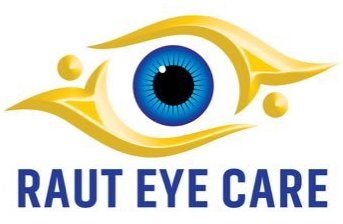
Scleral Buckling is a type of surgery used to repair a retinal detachment.Scleral Buckling is a minimally-invasive, outpatient procedure, usually lasting between one and two hours.
During the procedure, a small band or buckle is placed around the eye, pressing the sclera (the white outer wall of the eye) towards the inside of the eye.The buckle helps to close any breaks in the retina, which can allow fluid to accumulate and cause a detachment.
The buckle is tied around the eye and held in place with tiny absorbable stitches, which will eventually dissolve.In some cases, a gas bubble is also injected into the eye, to provide additional support and help the retina reattach.
After the procedure, the eye may be patched for a few days, and the patient will need to wear an eye shield at night for several weeks.Scleral Buckling is successful in most cases, but it is important to follow up with your doctor to ensure the retina has reattached.






